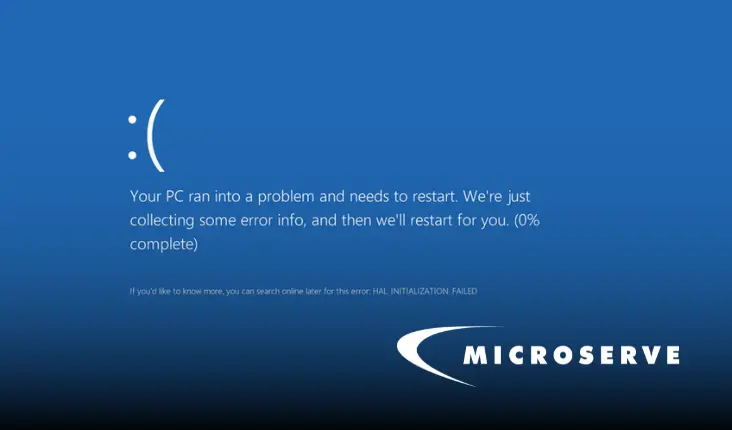Remote work is here to stay, so how can employees be part of this workplace shift? The legacy of the pandemic has given workers more flexibility to work with remote or hybrid models as they please. As of January 2021, at least 80% of Canadian employees were shifted to partial remote work. But this is not only a trend among employees; it is also a trend among employers. Established companies such as Microsoft, Dropbox, and Salesforce are introducing permanent remote work options post-pandemic. It’s evident that the popularity of virtual work means there will be more companies hiring for remote positions.
How can you find remote work? Here are 4 steps you can take to find remote work.
1. Identify which jobs can be worked from home
Every company will vary on their job requirements, but there are certain careers that can better adapt to remote work. McKinsey identifies that the capacity for virtual work depends on the duties. Tasks that can be performed well remotely include interacting with computers, communicating with others, and processing, analyzing, and interpreting information. Activities such as coaching, building customer and colleague relationships, and teaching also is done remotely but are more effectively done in person. Physical or manual activities, such as operating machinery and providing care, cannot be done remotely. Industries with higher capacities for remote work include IT and telecommunications; finance and insurance; management; and professional, scientific, and technical services.
The IT sector is no stranger to remote work. Many software developers and software engineers have been working remotely long before the pandemic. The number of these remote roles in the technology industry is only increasing by the day. Other potential remote opportunities include Technical Support, Infrastructure Analyst, and Software Tester roles. Remember that some roles may not be fully remote and may instead be a mix of in-person and remote work.
2. Recognize what qualities are important to you in remote work
LinkedIn Workforce Confidence Index Research notes two factors that are of more importance in a post-pandemic world. These include schedule and location flexibility, as well as work/life balance. The importance of schedule and location flexibility has increased by 9% and the importance of work/life balance has increased by 1%. Factors such as benefits, salary/income, and workplace culture remain of equal importance pre- and post-COVID. Be aware of potential benefits and income changes as a result of the remote work environment.
It is important to consider your personal pros/cons of remote work. Many would agree that benefits to remote work include no commute, a flexible schedule and working environment, more family time, and lower costs (in certain areas). Many would also agree that cons to remote work include loneliness, overwork (or underwork!), a lack of culture, and limited socialization.
Depending on your work from home environment, it may boost or hinder your productivity. 10% of working Canadians reported less productivity at home. Some reasons include caring for children/family, accumulating more work, and having an inadequate physical workspace.
Conversely, 90% of Canadians reported at least the same amount of, if not more, productivity compared to in-office work. Considering these aspects of remote work allow you to see what you value in a job. It is important to also consider what motivates you to work.
3. Understand what employers are looking for in remote employees
We all know landing an interview starts with a well-written resume and cover letter. However, the popularity of remote work might make jobs even more competitive. This means that a well-written resume and cover letter is one that highlights your remote skills and experiences.
Remote work will require more emphasis on skills such as time management, technology literacy, prioritization, communication, focus, and autonomy. Even if you haven’t worked remotely, think of how you’ve used these skills in the office or with virtual tools.
Don’t forget to phrase your statements as accomplishments with the ‘RATS’ formula. ‘RATS’ stands for Result, Action, Task, Situation. Providing evidence to your strengths makes it easier for employers to see your fit. Make it easy for employers to see how you can succeed in the role!
4. Search for remote work
Continue the job search as normal, but make sure to note two things:
- Read the job description. It will let you know if a role is remote, hybrid, or in office.
- Recruiters can be a particularly helpful resource. They offer free services that match your goals, skills, and experiences to appropriate roles. Recruiters can also point you in the direction of remote working companies they know or are working with. Try to connect with multiple recruiters as they all have different clients. Having many recruiter options can greatly increase your chances of landing a remote job!
Microserve’s Staffing team is hiring for many remote/hybrid roles in the technology sector. There are contract and permanent positions for Project Managers, Business Analysts, Data Architects, Technical Supports, and more.
Visit www.microserve.ca/careers to view our remote work staffing opportunities.





